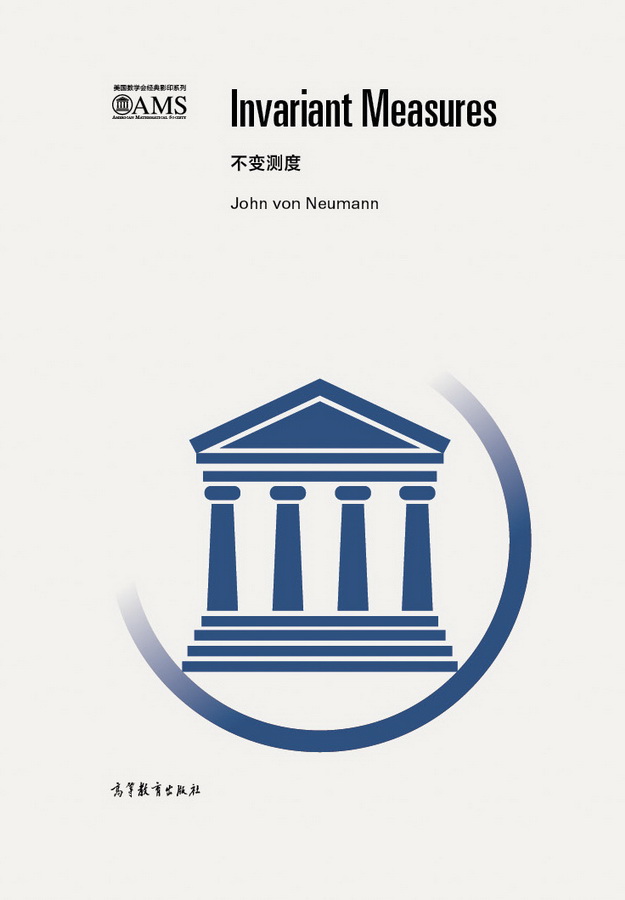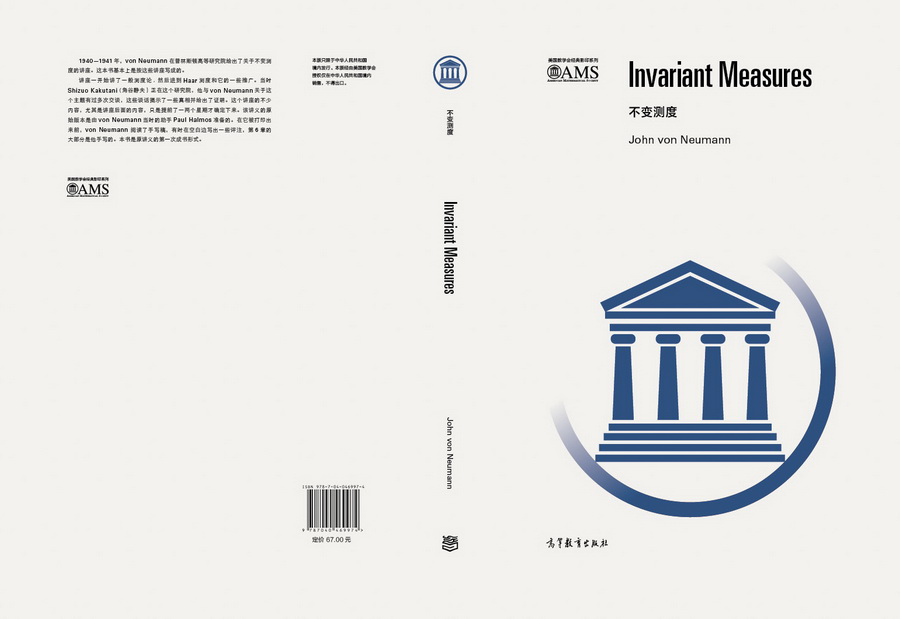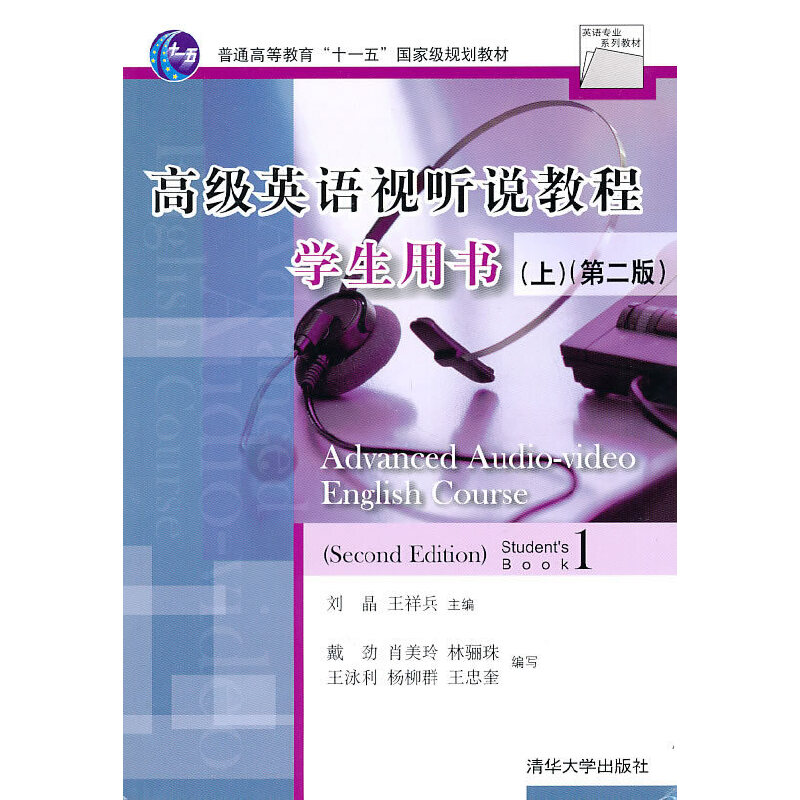不变测度(影印版)
定价:¥67.00
作者: John von Neumann
出版时间:2017-04
出版社:高等教育出版社
- 高等教育出版社
- 9787040469974
- 1版
- 142515
- 48266160-0
- 精装
- 16开
- 2017-04
- 240
- 134
- 理学
- 数学类
- O174.12
- 数学类
- 研究生及以上
作者简介
内容简介
1940—1941年,von Neumann在普林斯顿高等研究院给出了关于不变测度的讲座。这本书基本上是按这些讲座写成的。
讲座一开始讲了一般测度论, 然后进到Haar测度和它的一些推广。那年Shizuo Kakutani(角谷静夫) 正在这个研究院,他与von Neumann关于这个主题有过多次交谈,这些谈话揭示了一些真相并给出了证明。这个讲座的不少内容,尤其是讲座后面的内容,只是提前了一两个星期才确定下来。该讲义的原始版本是由von Neumann当时的助手Paul Halmos准备的。在它被打印出来前,von Neumann 阅读了手写稿,有时在空白边写出一些评注,第6 章的大部分是他手写的。它是原讲义的第一次成书形式。
本书是测度论领域的经典著作,适合对测度论感兴趣的研究生和数学科研人员参考使用。
目录
Preface
Publisher's Note
Chapter I.Measure Theory
1.Topology
2.Measure
3.Measurability
4.Connection between A and L
Chapter II.Generalized limits
5.Topology
6.Ideals
7.Independence
8.Commutativity
9.Limit functions
10.Uniqueness
11.Convergence
12.Numerical limits
Chapter III.Haar measure
13.Remarks on measures
14.Preliminary considerations about groups
15.The existence of Haar measure
16.Connection between topology and measure
Chapter IV.Uniqueness
17.Set theory
18.Regularity
19.Fubini's theorem
20.Uniqueness of Haar measure
21.Consequences
Chapter V.Measure and topology
22.Preliminary remarks
23.Hilbert space
24.Characterizations of the topology
25.Characterizations of the notion of compactness
26.The density theorem
Chapter VI.Construction of Haar's invariant measure in groups by approximately equidistributed finite point sets and explicit evaluations of approximations
1.Notations (combinatorics and set theory)
2.Lemma of Hall, Maak and Kakutani
3.Notations (topology and group theory)
4.Equidistribution
5.First example of equidistribution
6.Second example of equidistribution
7.Equidistribution (concluded)
8.Continuous functions
9.Means
10.Left invariance of means
11.Means and measures
12.Left invariance of measures
13.Means and measures (concluded)
14.Convergent systems of a.l.i, means
15.Examples of means
16.Examples of means (concluded)
17.2-variable means
18.Comparison of two O-a.l.i.means
19.Comparison of two O-a.l.i.means (concluded)
20.The convergence theorem
Publisher's Note
Chapter I.Measure Theory
1.Topology
2.Measure
3.Measurability
4.Connection between A and L
Chapter II.Generalized limits
5.Topology
6.Ideals
7.Independence
8.Commutativity
9.Limit functions
10.Uniqueness
11.Convergence
12.Numerical limits
Chapter III.Haar measure
13.Remarks on measures
14.Preliminary considerations about groups
15.The existence of Haar measure
16.Connection between topology and measure
Chapter IV.Uniqueness
17.Set theory
18.Regularity
19.Fubini's theorem
20.Uniqueness of Haar measure
21.Consequences
Chapter V.Measure and topology
22.Preliminary remarks
23.Hilbert space
24.Characterizations of the topology
25.Characterizations of the notion of compactness
26.The density theorem
Chapter VI.Construction of Haar's invariant measure in groups by approximately equidistributed finite point sets and explicit evaluations of approximations
1.Notations (combinatorics and set theory)
2.Lemma of Hall, Maak and Kakutani
3.Notations (topology and group theory)
4.Equidistribution
5.First example of equidistribution
6.Second example of equidistribution
7.Equidistribution (concluded)
8.Continuous functions
9.Means
10.Left invariance of means
11.Means and measures
12.Left invariance of measures
13.Means and measures (concluded)
14.Convergent systems of a.l.i, means
15.Examples of means
16.Examples of means (concluded)
17.2-variable means
18.Comparison of two O-a.l.i.means
19.Comparison of two O-a.l.i.means (concluded)
20.The convergence theorem











